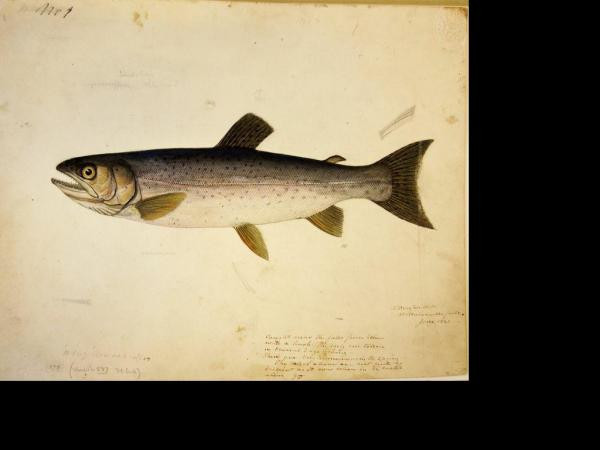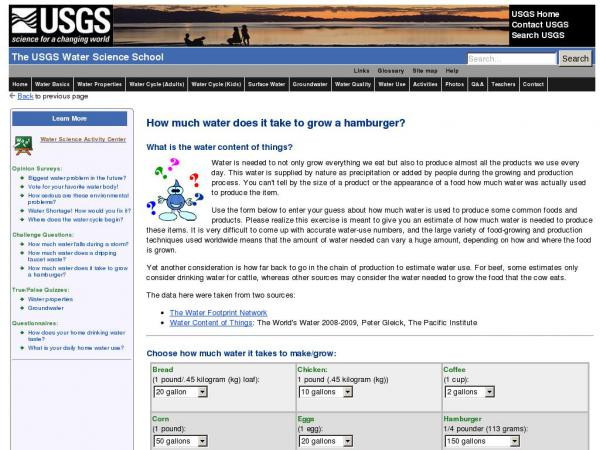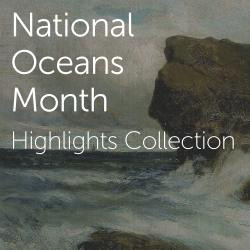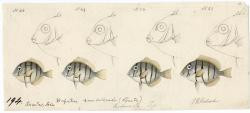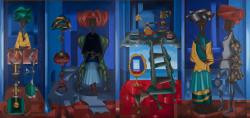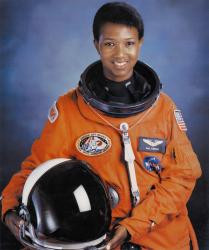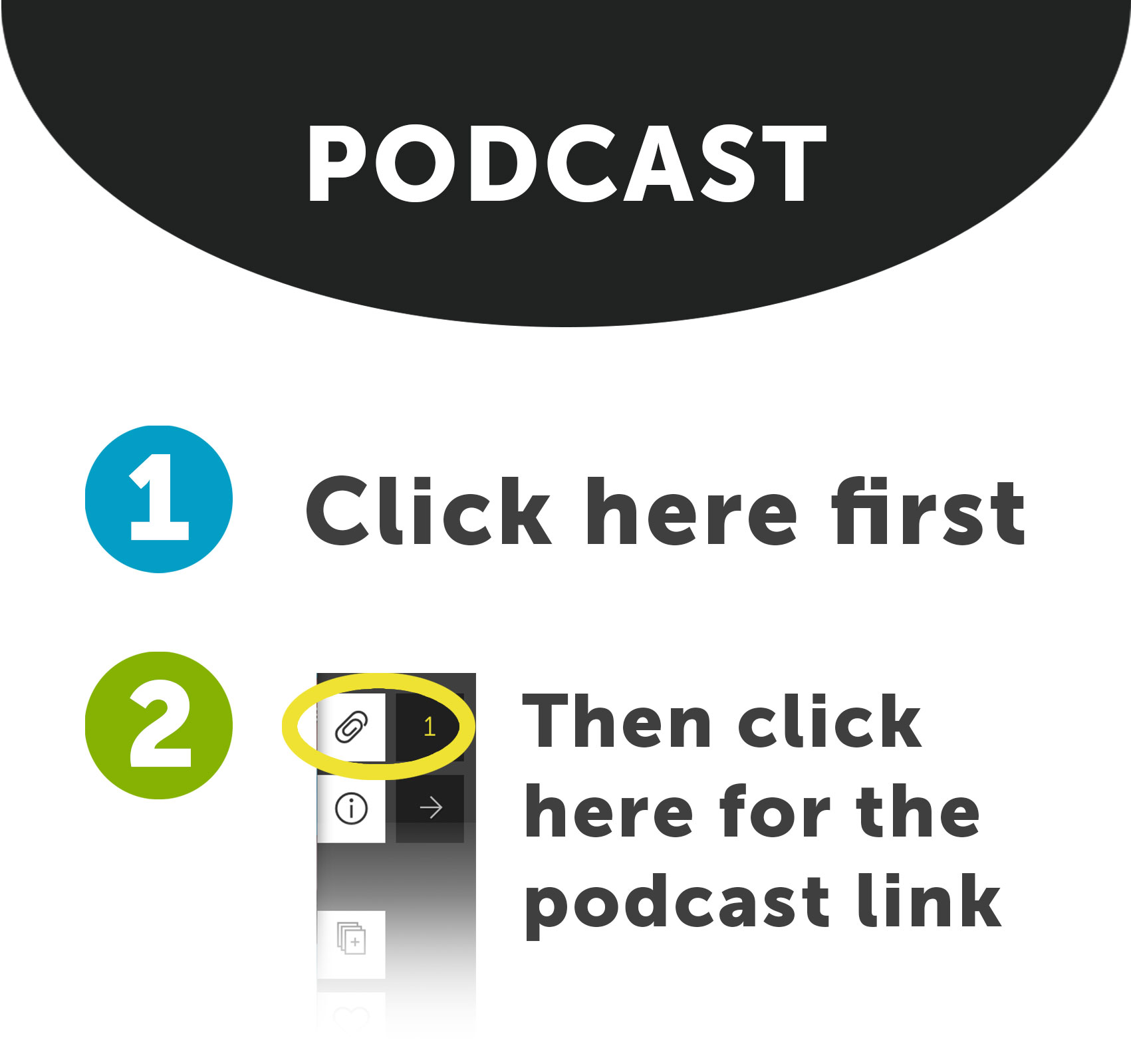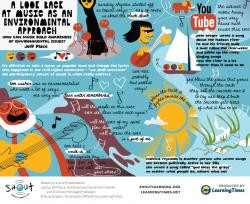Ashley Naranjo
Ashley Naranjo, M.Ed. is a museum educator, specializing in the use of digital resources for teaching and learning. She currently manages distance learning initiatives and education partnerships for the Smithsonian. Portfolio highlights have included: the Smithsonian Quests digital badging program, Smithsonian Online Education Conferences, Smithsonian Learning Lab nationwide teacher professional development, Teachers of the Year programming at the Smithsonian, “Explore with Smithsonian Experts” video series, and Smithsonian print publication guides.
Before coming to the Smithsonian, she has had experiences in education in both formal and informal learning spaces: as an ESOL instructor for adults, a middle school teacher in the humanities and a summer programs administrator. She holds a B.A. in Human Development (Developmental Psychology) from the Lynch School of Education at Boston College, where she was a research assistant and independent study student in the Laboratory of Thinking, Learning & Cognition in the Arts. She completed a M.Ed. in Learning Design and Technology from the Rossier School of Education at the University of Southern California, with a thesis entitled, “Using Digital Museum Resources in the Classroom”. She is a 2019 graduate of the Getty Leadership Institute’s NextGen of Museum Leaders program.
Ashley Naranjo's collections
Learning from Field Drawings: Fish of the Wilkes Expedition (1838-1842)
 Ashley Naranjo
Ashley Naranjo
Student Activity: Investigating Human Impact on Water Resources
 Ashley Naranjo
Ashley Naranjo
Highlights Collection: National Oceans Month (June) Learning Resources
 Ashley Naranjo
Ashley Naranjo
Liberty Bonds of World War I (WW1)
 Ashley Naranjo
Ashley Naranjo
Photograph Analysis: "Moon Man" Image of Buzz Aldrin
 Ashley Naranjo
Ashley Naranjo
Latino Family Stories through Art
 Ashley Naranjo
Ashley Naranjo
Snowflakes in Wilson A. Bentley's Collection
 Ashley Naranjo
Ashley Naranjo
Artists, Actresses and Performers: Women Who Shaped History
 Ashley Naranjo
Ashley Naranjo
Image Analysis: "Girl at Gee's Bend, Alabama" by Arthur Rothstein
 Ashley Naranjo
Ashley Naranjo
Second Opinion: Forging the Future – Smithsonian Resources
 Ashley Naranjo
Ashley Naranjo
Student Podcasting: Exploring the "Nature of Science" through Podcast Development [TEACHER TEMPLATE-- MAKE A COPY]
 Ashley Naranjo
Ashley Naranjo
How might we re-design our classroom?
 Ashley Naranjo
Ashley Naranjo

